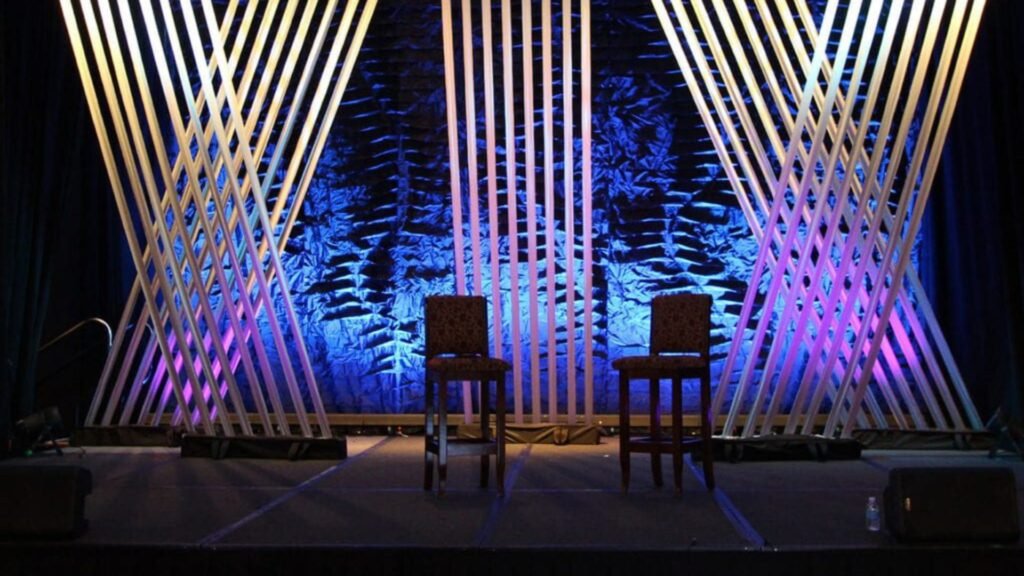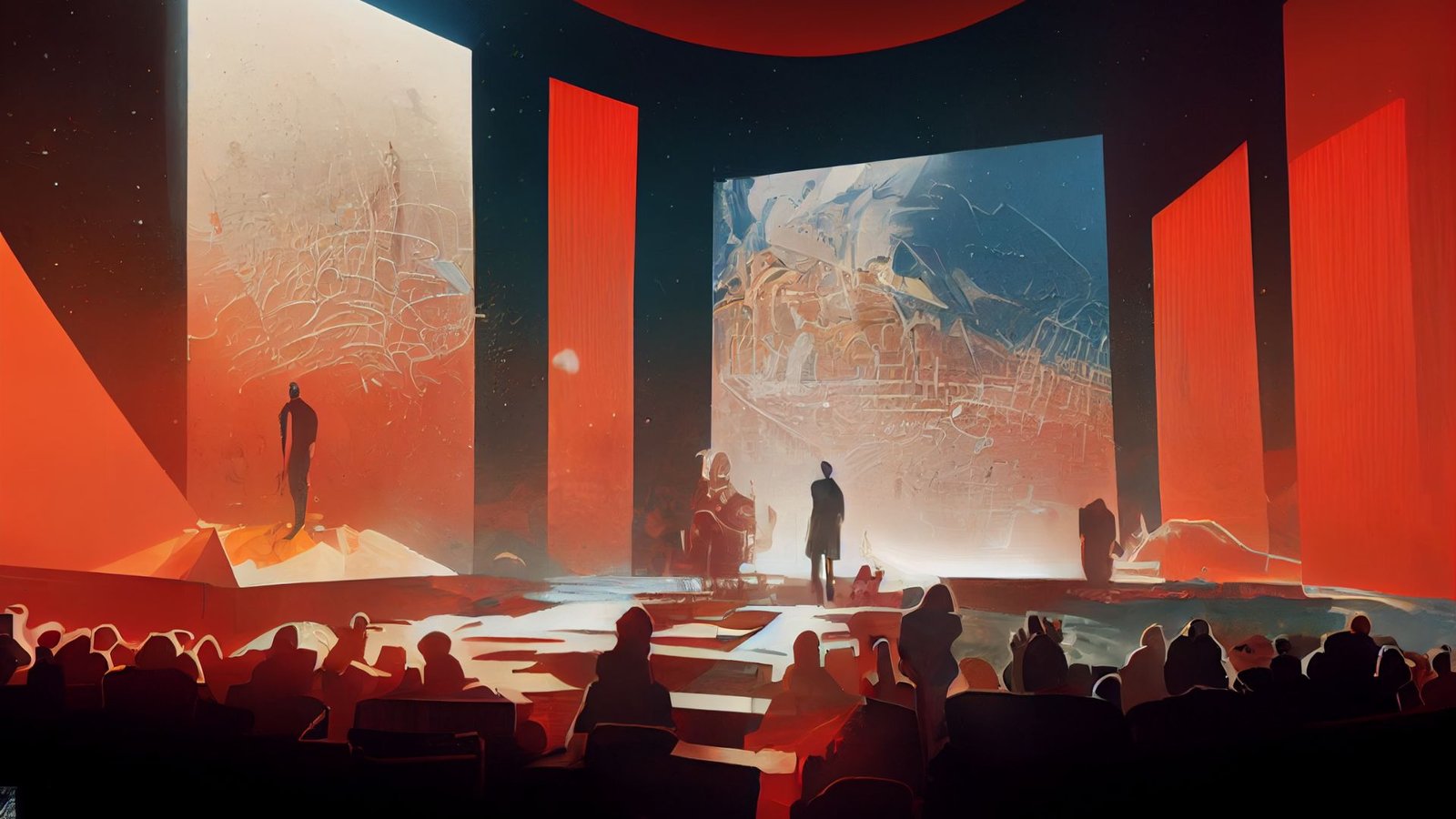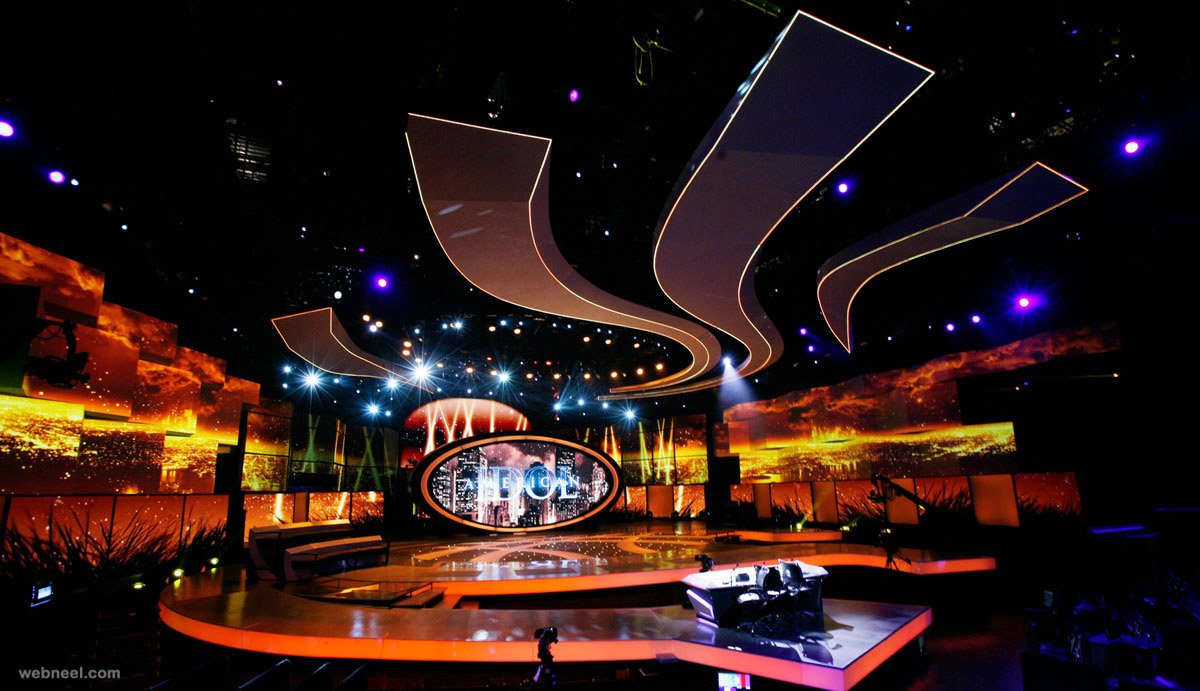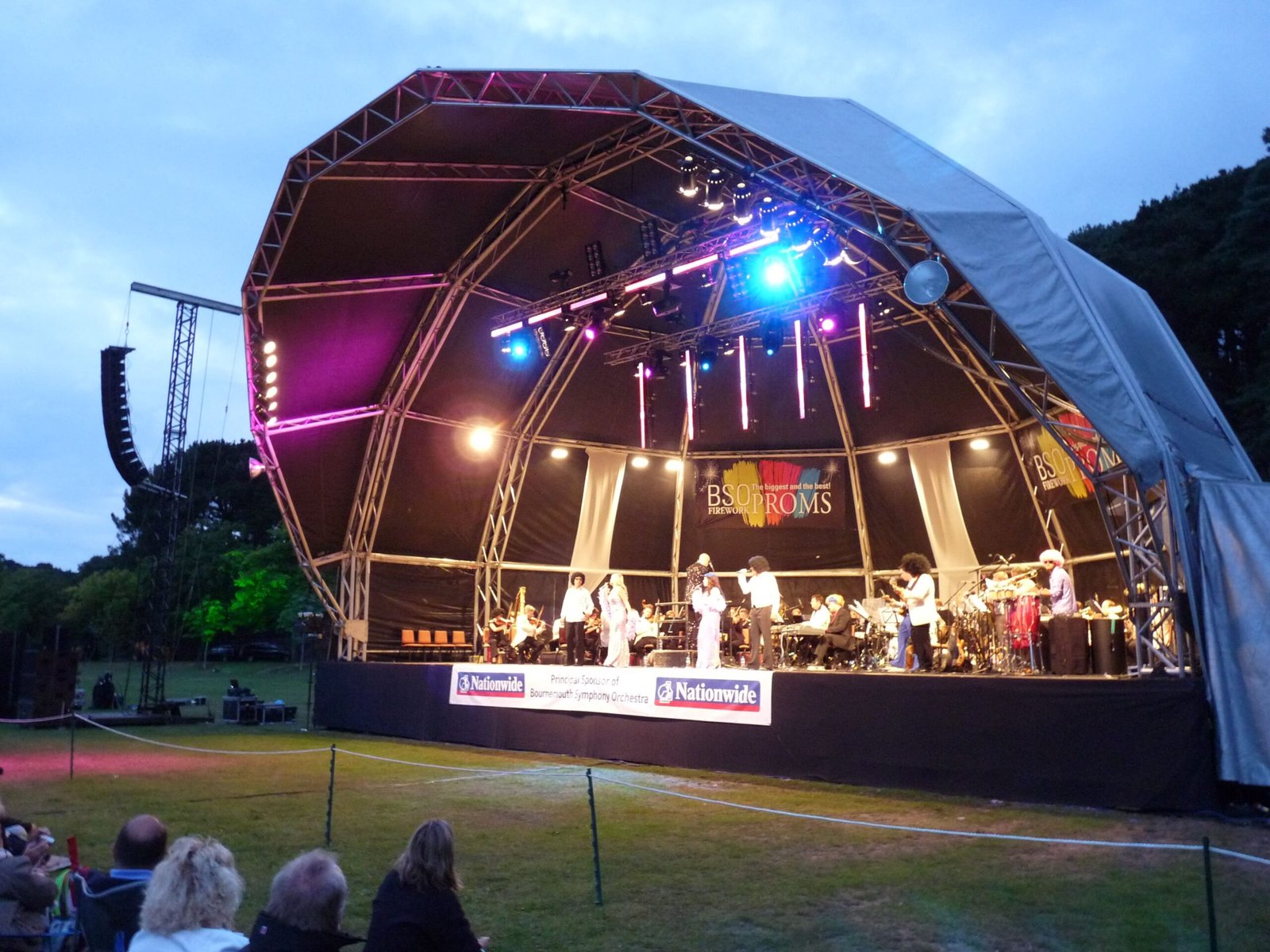Innovative stage design techniques for live theater are reshaping the way audiences experience performances. With new technologies and creative approaches, stage designers are pushing the boundaries of traditional set design to create more dynamic and engaging productions. In this blog post, we will explore some of the most exciting stage design techniques currently being used in live theater.

Interactive and Modular Sets
One major innovation is the use of interactive and modular sets. Unlike traditional static sets, modular sets are composed of interchangeable components that can be rearranged or modified during the performance. This flexibility allows for quick changes between scenes and can create a more dynamic viewing experience. For example, a set might transform from a cozy living room to a bustling city street with just a few adjustments. Interactive elements, such as movable walls or adjustable lighting, enable the audience to see different facets of the story as it unfolds. This technique not only enhances the visual impact but also keeps the audience engaged with constantly evolving scenery.
Projection Mapping
Projection mapping is another cutting-edge technique that has revolutionized stage design. This technology involves projecting images and videos onto the stage or set surfaces, creating the illusion of movement and transformation. For instance, projection mapping can turn a static backdrop into a moving landscape, or it can add intricate details to a set that would be difficult or expensive to build physically. By using projection mapping, designers can create visually stunning effects and enhance the storytelling experience. This technique also allows for easy updates and changes to the visuals, providing greater flexibility during rehearsals and performances.
Immersive Environments
Creating immersive environments is becoming increasingly popular in live theater. This technique involves designing sets and spaces that fully engage the audience, making them feel as though they are part of the story. For example, a theater might use elaborate set designs, interactive props, and ambient soundscapes to envelop the audience in the world of the play. Immersive environments often encourage audience participation, allowing them to explore different parts of the set and interact with the characters. This approach creates a more personal and memorable experience, making the theater performance feel more real and immediate.
Use of Augmented Reality (AR)
Augmented Reality (AR) is another innovative tool being used in stage design. AR technology overlays digital elements onto the physical stage, allowing for the addition of virtual objects or effects that complement the live action. For example, AR can project virtual creatures or environments onto the stage, interacting with live performers in real-time. This technique expands the possibilities for storytelling and visual effects, creating a more immersive and visually rich experience for the audience. As AR technology continues to advance, its applications in stage design will likely become even more sophisticated and impactful.
Dynamic Lighting Techniques
Dynamic lighting techniques are also playing a significant role in modern stage design. Advanced lighting systems can change colors, intensity, and focus in real-time, enhancing the mood and atmosphere of a performance. For example, lighting can be used to create dramatic shadows, highlight key moments, or simulate different times of day. Programmable lighting rigs allow for precise control over these effects, enabling designers to craft complex and visually engaging scenes. Dynamic lighting adds depth and dimension to the stage, helping to tell the story and guide the audience’s attention.
Sustainable and Eco-Friendly Design
Finally, there is a growing focus on sustainable and eco-friendly stage design practices. Designers are increasingly using recyclable materials, energy-efficient lighting, and reusable set pieces to reduce the environmental impact of their productions. For instance, sets can be constructed from repurposed materials, and energy-efficient LED lighting can be used to minimize energy consumption. Sustainable design practices not only help protect the environment but also set a positive example for audiences and industry professionals alike.
Conclusion
In conclusion, innovative stage design techniques are transforming live theater with creativity and technology. Interactive and modular sets, projection mapping, immersive environments, augmented reality, dynamic lighting, and sustainable design practices are all contributing to more engaging and visually impressive performances. By embracing these techniques, stage designers can create unforgettable experiences that captivate audiences and push the boundaries of traditional theater design. As technology and creativity continue to evolve, the future of stage design promises even more exciting possibilities.




